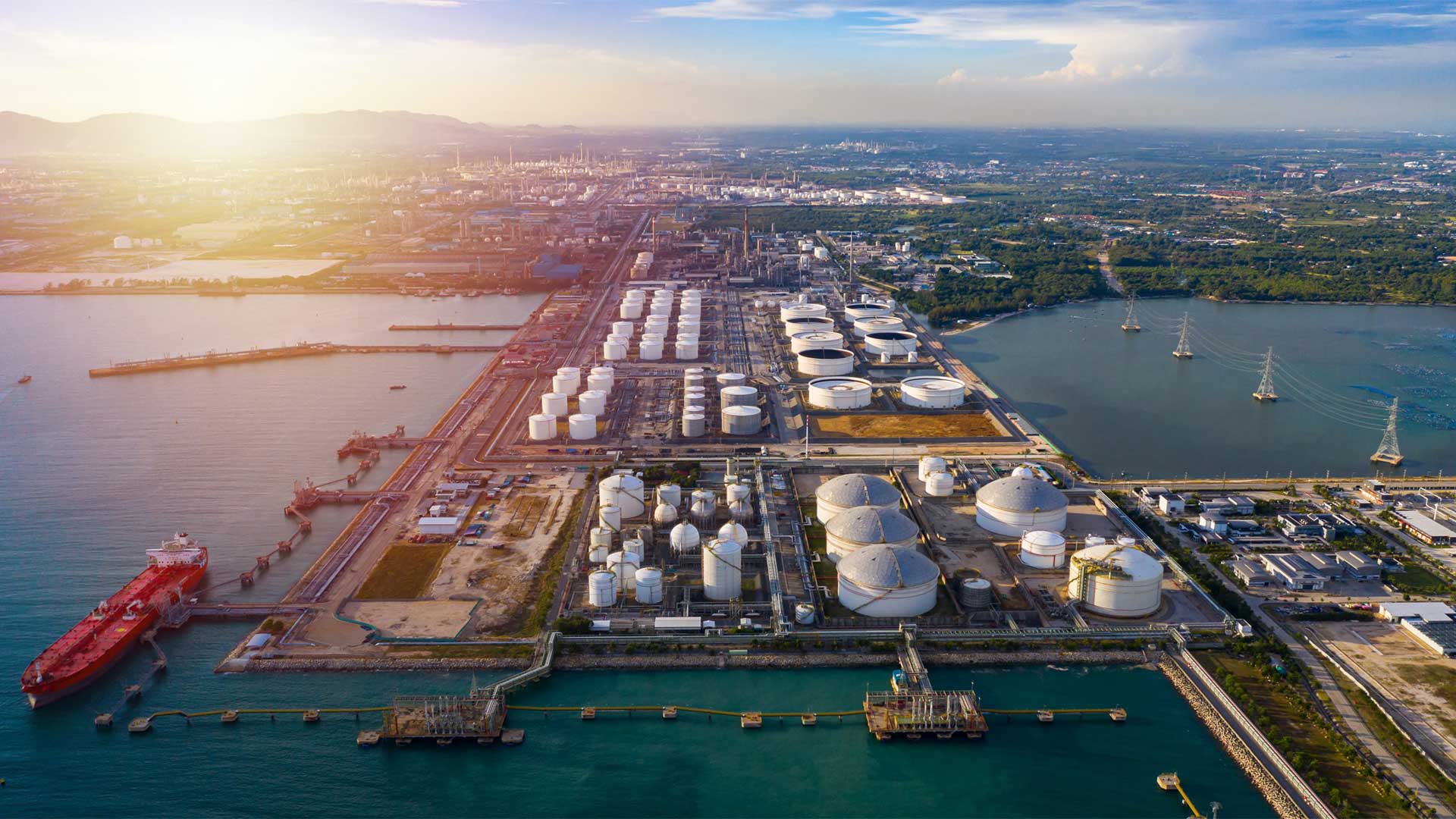2024-11-10
COP29 Set to Address Article 6 Implementation:
Challenges and Next Steps
As the global climate summit COP29 unfolds in Baku, Azerbaijan, Article 6 of the Paris Agreement is a key focus on the schedule. Article 6 enables cooperative efforts among countries to reduce greenhouse gas emissions through carbon trading, emission reduction credits, and both market-based and non-market approaches. This framework, crucial for meeting Nationally Determined Contributions (NDCs), represents a significant opportunity for collaborative climate action. However, its effective implementation faces several challenges.
What Are the Challenges with Article 6?
- Avoiding Double Counting of Emissions Reductions
- One of the primary concerns with the Article 6 mechanisms is ensuring the integrity of emission reductions through robust accounting. Countries need to avoid “double counting” emissions reductions, where two nations could claim the same reduction under their NDCs. Establishing clear, transparent processes for tracking and reporting reductions is critical to maintain the credibility of international carbon markets.
- Maintaining Environmental Integrity
- For Article 6.4, which introduces a central mechanism for carbon credit trading, maintaining the environmental integrity of credits is essential. There are concerns that some credits may not represent real, additional emissions reductions if standards are not rigorously enforced. The risk is that without proper oversight, credits may reflect reductions that would have occurred naturally, reducing their impact and value.
- Complexities in Operationalizing Market and Non-Market Approaches
- Article 6.2 allows countries to engage in bilateral agreements for emission reductions, while Article 6.8 encourages non-market approaches, like capacity building and technology transfer. Integrating these market and non-market approaches under a unified framework presents logistical and regulatory hurdles. Ensuring that each pathway is effective while fostering consistency across approaches is a substantial challenge for policymakers.
- Addressing Legacy Carbon Credits
- The issue of legacy credits from older mechanisms, like the Clean Development Mechanism (CDM) from the Kyoto Protocol era, is another hurdle. Incorporating or phasing out these credits without saturating or devaluing the new carbon market is crucial to establishing a stable and fair system for future trading.
- Establishing Transparency and Accountability
- Ensuring that emissions reductions are accurately reported and verified is critical for building trust in Article 6 markets. Transparency measures need to be standardized across countries, and third-party verification may be required to ensure credits are authentic and accurately accounted for.
COP29: Will It Deliver the Needed Solutions?
At COP29, negotiators are working to refine these elements and finalize operational standards for Article 6 mechanisms. The Azerbaijani presidency is emphasizing the importance of transforming Article 6 into a fully functional framework with standardized processes and transparent methodologies.
While the challenges are complex, COP29 offers a significant opportunity to address these issues and set a clear path forward for international carbon markets. Effective implementation of Article 6 could unlock billions in climate finance, support the growth of global carbon markets, and make emissions reductions more achievable and cost-effective. As we look toward the outcomes of these discussions, the world waits to see if COP29 can deliver the breakthroughs needed to make Article 6 a central component of international climate action.
For further information, visit:
UN Climate change, Article 6-Cooperative Implementation

